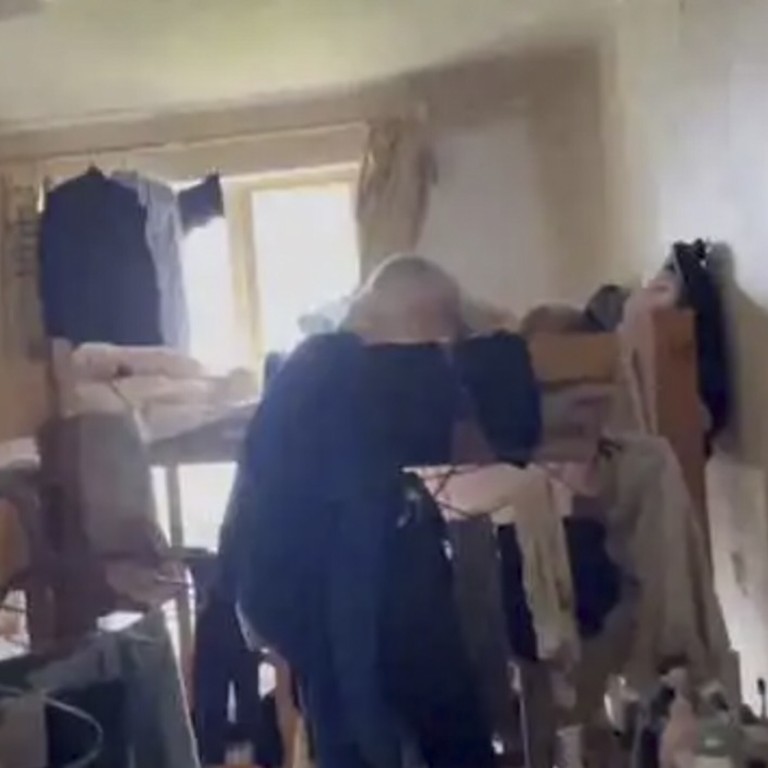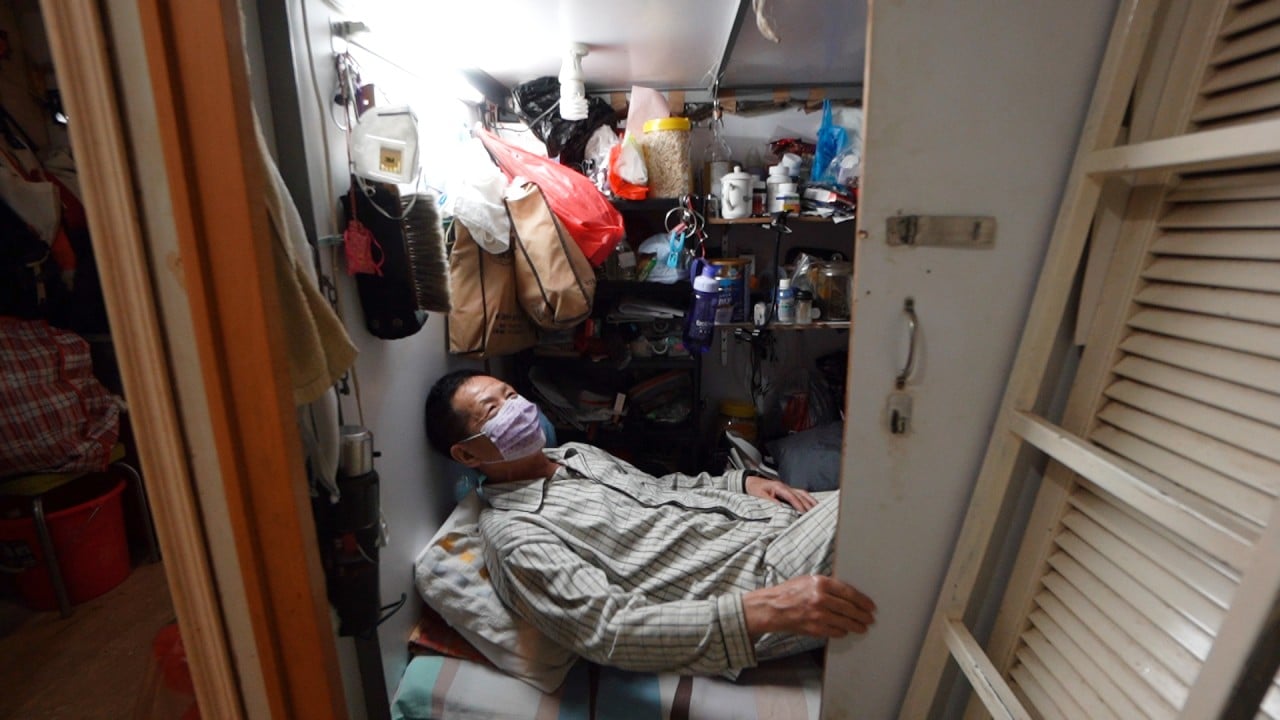
High cost of living under the spotlight in Shanghai after 39 tenants found in a three-bedroom flat
- The revelation highlighted the financial strain faced by many low-income workers in China’s largest city
- Cases of extreme subleasing are common in major Chinese cities as owners and agents try to make the most on rent
In a case that highlighted the financial strain for many people in China’s megacities, a Friday news report revealed that 39 tenants were renting a 90-square metre (969 square feet) flat in Shanghai.

Police raided the property earlier this week after receiving complaints from their neighbours, the report said.
The tenants were forced to leave their accommodation after the raid. They mostly worked at nearby restaurants and returned home in batches late at night, triggering complaints.
“Many of them are smoking at night and making phone calls in the corridor,” said a property manager of the community.
A police officer said the cramped flat-sharing by so many people also presented a safety hazard because of overloading outlets, overusing the general electricity and depleting the water supply.

The average rent for a flat in Shanghai was over 90 yuan (US$14) per square metre (about US$1.40 per square foot) in the first quarter this year, a 14 per cent increase from the previous quarter, according to data from the China Real Estate Association.
“So many people have come to work in the city. How can all of them make enough money to cover the high living costs? This a social phenomenon and cannot be resolved soon,” one Weibo user said.
Crowded subleased flats are common in megacities like Beijing and Shanghai amid skyrocketing housing prices. The owners or middlemen typically turn a comfortable one or two-bedroom flat into a space that allows them to cram 10 or more people into the same area.
The goal is to make more money on rent in aggregate.
The practice is illegal in mainland China and has become a target of a crackdown in recent years. But the practice still thrive as the demand is so robust that the potential financial reward far outweighs the risk of getting caught.
These types of flats have also led to tragedy and near-misses.
In 2017, a fire in a housing block in a southern district of Beijing killed 19 people and injured eight others. An investigation later showed that the first floor, and portions of the second, were transformed into smaller units and subleased to 400 people.
A high-rise residential building in Changsha caught fire in December last year due to overloaded power points on the fifth floor. Except for three floors, the entire 20-floor building was renovated for group rentals, local authorities later found.
Fortunately, no one was hurt thanks to prompt firefighting efforts.


